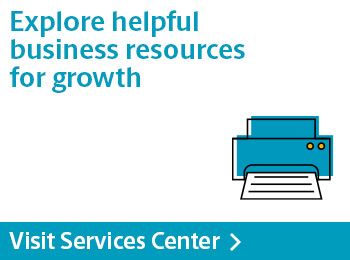
- 16 December 2024
- Public Relations
How to Forecast Revenue: A Comprehensive Guide for Small Businesses
As a small business owner, you know how difficult it can be to predict your revenue. You have the option of making educated guesses or running complex models that incorporate historical data and trends. Neither of these methods is ideal. Guessing doesn't allow you to be sure whether or not your prediction will come true, while creating a model takes time and resources that many entrepreneurs don't have on hand.

Thankfully, there are ways to forecast your small business revenues without breaking the bank or taking too much time. In this article, we’ll learn the importance of revenue forecasting and how to set up a tool that you can continue to use over the long term.
What is a revenue forecast?
Revenue or sales forecasting is the process of estimating what your revenue will be over a specific period of time. It’s based on historical data and current trends in your business. Forecasts should be based on facts and information, not wild guesses.
Effectively forecasting your business revenue gives you the knowledge to plan for slower seasons, strategize how and when to scale your business, increase or decrease staffing, and manage inventory.
Forecast Your Business Revenue in Three Steps
Because forecasting allows you to understand numerous assets of your business, it’s essential to be thorough. Follow these three steps to create your forecast.
1. Identify your revenue streams. Revenue streams are the different assets from which your business makes money. Sales can come from goods and services, project revenue, or recurring revenue like subscriptions, lending assets, or advertising fees.
2. Understand your revenue drivers. Revenue drivers are the things that drive your revenue. Consider these the actions that lead to the transaction or purchase of your goods or services–your revenue streams. Revenue drivers can be anything from marketing to sales.
3. Create a financial tool to test different scenarios. Your sales and revenue forecast should be based on several assumptions. The easiest way to test these assumptions is using a spreadsheet or software program like Excel or Google Sheets. There are also many free sales forecast templates available.
a. On your spreadsheet, input your historical data.
b. Enter revenue streams and revenue drivers as separate variables with their own columns so you can easily see how each one impacts the result. For example, if you sell three times more products than in the previous year, how much money will this bring in for your business? If you only sell half as many, what is the impact?
c. Include details that may contribute to an increase or decrease in sales, such as seasonal changes or new products sold in association with existing ones. Similarly, if you need some insight into future trends in your industry as they relate to supply chain processes or production capacity planning, consider using external sources such as economic forecasts from financial institutions or an economic research agency like The Conference Board.
You’re ready to forecast your business revenue
By taking the time to analyze data from the past and forecast future trends, you will get a better sense of what's coming down the pike for your small business. Forecasting is key to setting goals and optimizing growth, and when you have the right tools, it can be as simple as plugging in a few numbers to predict your revenue for the next quarter or year.
